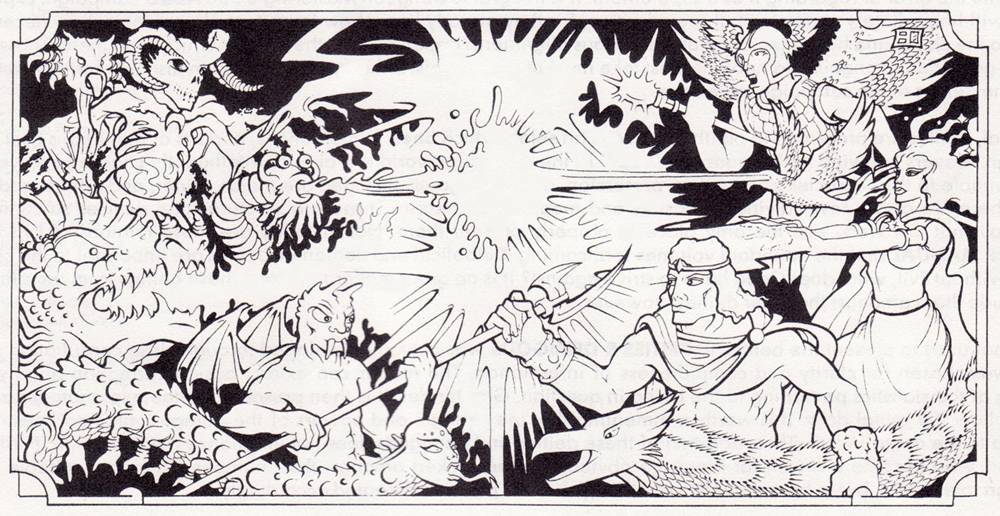Roll Call:
Dagmar (Dwarf Cleric), Erekose (Fighter), Waylon (Frox Thief), Kully (Bard), Kairon (Demonlander Sorcerer), and Shade (Elf Ranger)!
Our Land of Azurth 5e campaign continued last night with the party about to barge into a
room full of death dwarfs that also contained the 7 foot metal cube that fell from the sky. The party is prepared for the dwarfs this time, but they soon find their are also magic-users among them which changes things up a bit. After a short melee, our heroes prevail.
Inspecting the metal cube in the aftermath, they find a hatch hiding a recessed box in one wall with lever in it. Pulling it downward causes one of the walls to drop, revealing a lot of packing material--an a familiar looking automaton. Familiar, because it seems identical to Viola, the Clockwork Princess of Yanth Country!
The automaton comes out, twitching. In a stuttering voice, it announces itself as "Violet." It extends a hand, but when Dagmar shakes it, the automaton explodes. Only a few of the party members take damage, but they are caught off-guard when a second automaton emerges (this one seemingly undamaged) and gives her name as "Violetta."
Violetta is unable to answer most of their questions. She says she was made in a laboratory, but doesn't know by whom.
Around that time, the cave shakes again with another, milder, impact. The party heads out to take a look. They hear voices from outside the cave. Wanting to potentially hide the automaton from searchers, they send Kully out to greet the newcomers.
The three arrivals almost look like automata themselves, but most resemble Astra of the
Shooting Star Folk, whom they met in House Perilous. The metal bearded leader calls himself a King as says he and his fellows were to transport the cube to a man named "Loom" who lives in the junk city in the desert. Loom likes making automata, apparently. The King also mentions during the conversation that he has a daughter named Astra.
Relatively convinced of the good intentions of the Shooting Star Folk King and not really knowing what is going on, they turn Violetta over to him. The Shooting Star Folk retrieve the cube and repackage Violetta with care, then take off. Kully wants to go with them, but the ballistic nature of their travel scares the others off, and they manage to convince him that should continue home.
When they get back in Rivertown, there's a surprise waiting. A calico cat man, doubly impossible for being a cat man (unknown in Azurth) and a calico male, and a frox in a fancy tophat are waiting for Kully in his room. They wish to enlist the party's aid in a journey to the Land of Under-Sea--and they also promise to take Kully to his father!



















